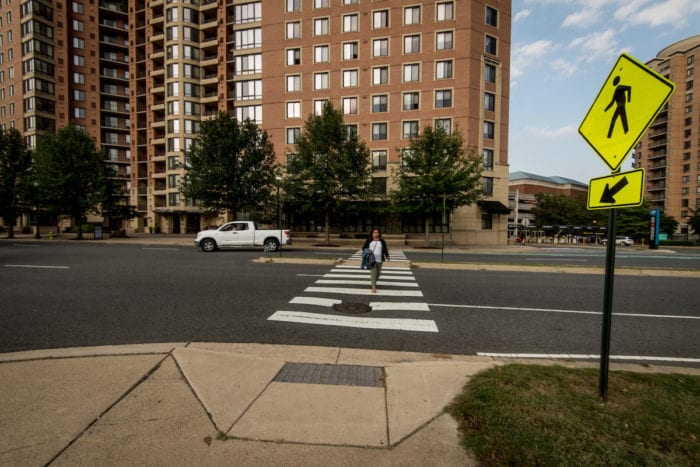The Magic of Universal Design
Universal design benefits all of us, and understanding how it is applied can help us make the things we create and do more accessible to all.
What is Universal Design?
You are benefiting from something called universal design every day, and you may not even be aware of it. Universal design is “an approach to design that increases the potential for developing a better quality of life for a wide range of individuals.” It results in places and products that can be comfortably, safely, and enjoyably used by everyone, regardless of their abilities. This is because universal design integrates accessible features from the very beginning, incorporating a diversity of perspectives and users into the design process so that a range of needs are met.
Accessibility Laws and Regulations
Universal design and accessibility requirements are related but different. The concept of universal design goes beyond complying with laws such as the Americans with Disabilities Act (ADA). The ADA requires specific minimums, and is often applied retroactively—for example, modifying a building entrance to add a ramp.
Universal design, on the other hand, touches many areas of everyday life, such as transportation, building design, education, and technology. Products or systems that are designed universally end up benefiting everyone. For example, the vegetable peeler that you likely have at home, with a handle that you can grip without much effort, was the result of a universal design process.
Transportation and Universal Design
One of the biggest success stories for universal design, that radically changed how we walk, is the story of Ed Roberts, who advocated for curb cuts while at U.C. Berkeley with a group of other activists. Eventually they got the city to add curb cuts in major commercial areas (example of a curb cut pictured below), and sparked widespread adoption of curb cuts as a necessary tool for accessibility. Curb cuts don’t only benefit people with disabilities, but also people pushing strollers, rolling luggage, delivering packages, or experiencing joint pain.

What’s Next?
Because universal design’s success relies on the involvement of a variety of users, there is “always room to expand our definition of ’community’ when we talk about community-centered places.” It’s one thing to understand how curb cuts, benches, and wider sidewalks benefit everyone, and another thing entirely to approach street design projects with a wide range of users—people walking, biking, taking transit, driving, and people with disabilities within these communities, for example—represented from the start.
Organizations and disability rights groups have advocated for a long time for universal and accessible design, and this approach helps to make the end result better for all.
Join us at Our Shared Street Pop-Up on August 22 to learn more about accessible transportation options for all members of our community.
If you’re interested in finding out more about universal design, we encourage you to check out the following resources from the design and disability communities:
- Arlington’s Aging and Disability Services Division’s Primer on Universal Design
- Universal Design in Community Planning
- How Designing with All of Our Senses Creates a More Inclusive World
- Universal Design on Streets
- The Untold Story of the Vegetable Peeler that Changed the World
- National Center on Disability and Journalism’s Disability Style Guide
- Who Gets to Speak?
- The DeafSpace Project at Gallaudet University
Sam Kittner/Kittner.com










Comments are closed here.
To prevent spam, comments will be approved before appearing on the post. If you have a comment or question, but do not want it to be published, please email WalkArlington.